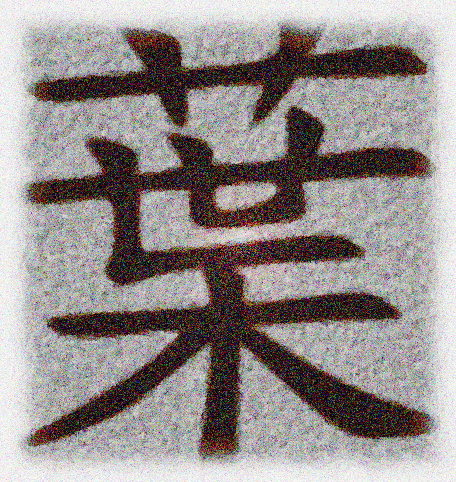“Chasing the Legacy of the ‘Chinatown Old Left’ of San Francisco”
The Chinatown Old Left also known as the ‘‘Chinese Marxist Left,’ the term coined by H. Mark Lai (the “dean of Chinese American history”). Mark Lai was a bilingual Chinese American, who not only was a participant and activist, began documentation of Chinese progressives during the 30’s/40’s/50’s encompassing three groupings: intellectuals, labor activists and small businessmen. The majority of whom were not necessarily Marxist in ideology, but were definitely progressive, left leaning, concerned Overseas Chinese.
Attention will be centered around individuals who emerged from the Chinese American Democratic Youth League (民青 — Mun Ching in Cantonese / Minqing in Mandarin) — a literary and cultural group that supported the Communist Party of China’s determined War of Resistance to Japanese imperialist occupation, and later waged the Chinese civil war led by the revolutionary movement headed by Mao Tsetung.1 These groups — the intellectuals, labor activists and small business people — enjoyed mutual intersections and came under intensive McCarthy-era government harassment; and many suffered mental breakdowns, suicides, deportations, and loss of citizenship. Some of their stories are captured and highlighted in the 2001 video documentary, “The Chinatown Files”. (2)
This legacy birthed several institutions and movements: (1) the Chinese Folk Dance Association was an offshoot founded by veterans of the Mun Ching, who also guided and ran
- the Chinese Communist Party under the leadership of Chairman Mao at that time was a vibrant revolutionary political force which enjoyed and rallied immense support from among the basic people in China, and in turn had captured the imagination and support of many Overseas Chinese who opposed the corrupt repressive government of Chiang Kai-shek. Since the death of Mao Tsetung in 1976, and with the ascendency of Deng Hsiao-ping, signaled the overthrow of the socialist system in China and brought about the capitalist restoration in China. Since that time the Chinese Communist Party ceased to be an inspirational force for humanity, and China has emerged as a full blown capitalist society and an imperialist rival to U.S. imperialism.
- During that early period, activists from Mun Ching also had intersections with progressive forces in the New York Chinese community through the Chinese Hand Laundry Alliance and its affiliated Chinese language newspaper, the now defunct China Daily News.
The progressive movie house, the World Theatre at 644 Broadway; (2) the 1966 emergence of George Woo and the Chinatown Youth Movement; and (3) many offspring of the CML joined and drove the Asian American Movement, inclusive of their participation and leadership in the Third World Liberation Front student strikes at San Francisco State and at UC Berkeley and the lofting of Asian American studies, as well as a major Asian American anti-imperialist, radical organization in the Bay Area with roots in Manilatown/Chinatown and Japantown (Nihonmachi) San Francisco.
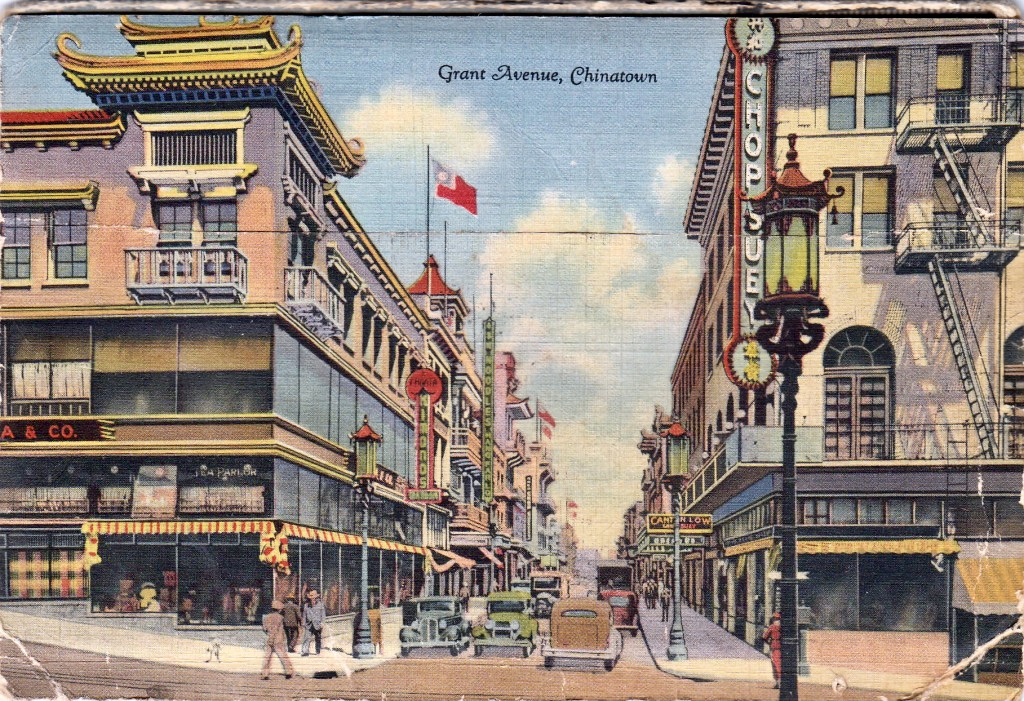
“David Wong and the Social Justice Campaigns Fueled by Yuri Kochiyama”
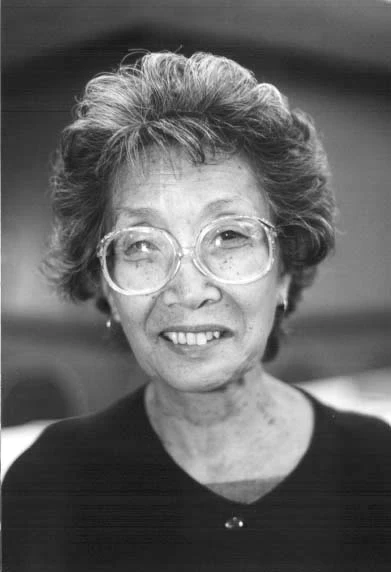
Have you heard about the David Wong Case? This was spurred by the late Yuri Kochiyama, whose work with many Black liberation movement political prisoners, had heard about a Chinese immigrant New York State prison inmate who was wrongly accused for a prison murder he had nothing to do with. Through determined and tenacious work by the David Wong Support Committee (DWSC), after several years of outreach, mobilizations and investigations, Wong was exonerated, released and returned to Hong Kong.
The work to free David Wong was very likely the most important Asian American social justice campaign of the 1990’s (outside of the justice campaigns for Chol Soo Lee or for Vincent Chin). Yuri Kochiyama’s leadership was a significant factor in maintaining the momentum of the David Wong case as it sought social justice traction through several years. Directly related is the unsung work of the late Wayne Lum, a postal worker turned social justice campaign leader, who shepherded these initiatives inspired by Yuri Kochiyama.
The DWSC incubated several other Asian American justice initiatives, e.g. Asians for Mumia Abu-Jamal; Asians for October 22nd National Day of Protest to Stop Police Brutality; South Asians Against Police Brutality and Racism; the Chaplain James Yee Support Committee (a U.S. army chaplain persecuted and tortured for ‘sedition’ after whistleblowing at Guantanamo Bay); and supporting Hawai’i native Ehren Watada, the first U.S. army officer to refuse duty to the 1st Iraq war — much of which involved intersections with veterans of the Black liberation struggle. This project will involve organizing a documented retrospective among the DWSC activists and its legal team, who are now dispersed throughout the U.S.
-
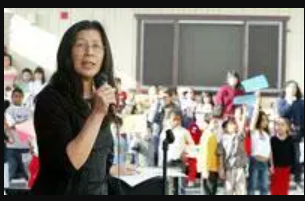
Interview: Shannon Yip Part 1: Developing Bilingual Education in Oakland CA
Part One: Making Bilingual Education a Reality in Oakland, California, Public Schools Introduction. Shannon is a multi-generational Chinese American. Born in San Francisco, she attended Oakland Senior High School and graduated from the University of California, Berkeley. Brought up in the ‘50s/’60s within a community of Chinese immigrants supporting a democratic society in China, her father…
-

Interview: Shannon Yip Part 2: Promoting Chinese Folk Dance in the Diaspora
(c) Copyright Steve Yip Nov 14, 2024 | Edits by Steve Yip and Gabrielle Hrung INTRODUCTION Shannon is a multigenerational Chinese American. Born in San Francisco, she attended Oakland Senior High School and graduated from the University of California, Berkeley. Brought up in the ‘50s/’60s within a community of Chinese immigrants supporting a democratic society…
-
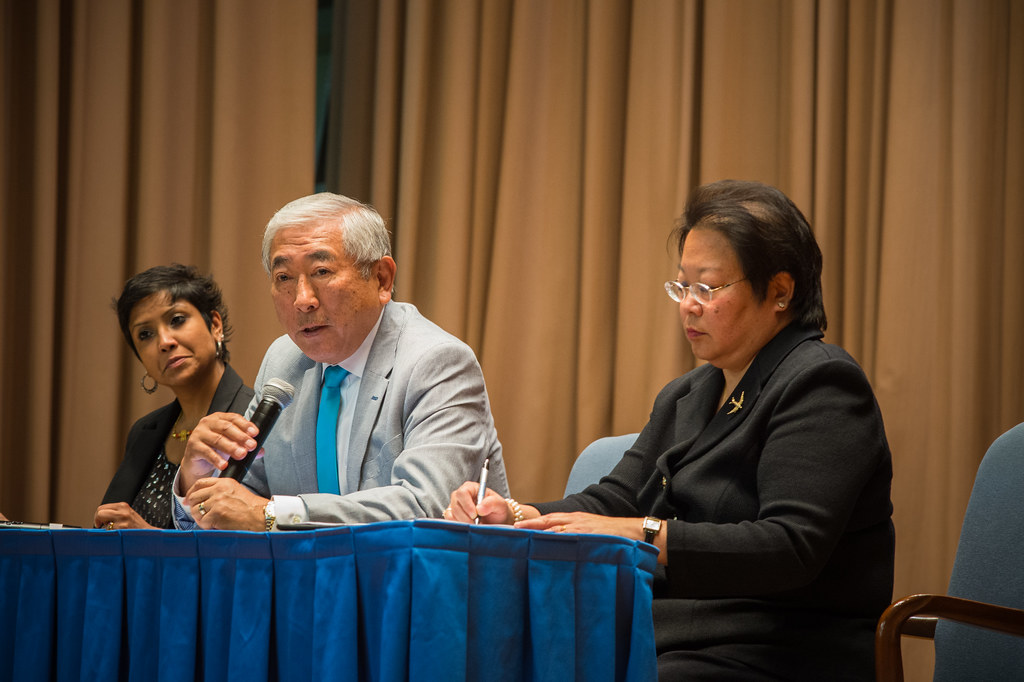
Statement by Floyd Mori, JACL National President
Statement by Floyd Mori, JACL National PresidentMay 11, 2002delivered at the JACL Resisters CeremonyJapanese Cultural & Community Center of Northern California Most of you know that I was born and raised on a farm near Salt Lake City, Utah. I was a toddler when the war began and I have only faint glimpses of memory…
-
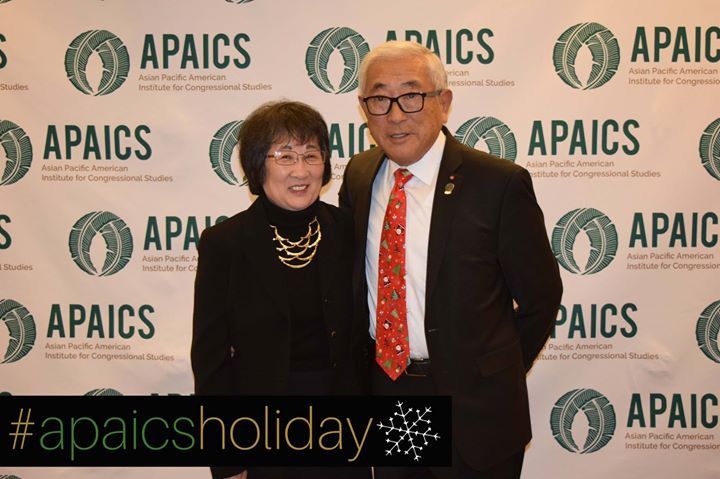
Interview: S. Floyd Mori: A Tenure of Advocacy, An Apology to the Resisters
December 16, 2022 – Interview with S. Floyd Mori (c) Copyright Steven Yip May 22, 2023 | Edited by Steve Yip and Koyuki Yip Introduction. This interview with S. Floyd Mori, a prominent figure in Japanese American advocacy and former national leader of the Japanese American Citizens League (JACL), provides critical insights into the evolution…
-
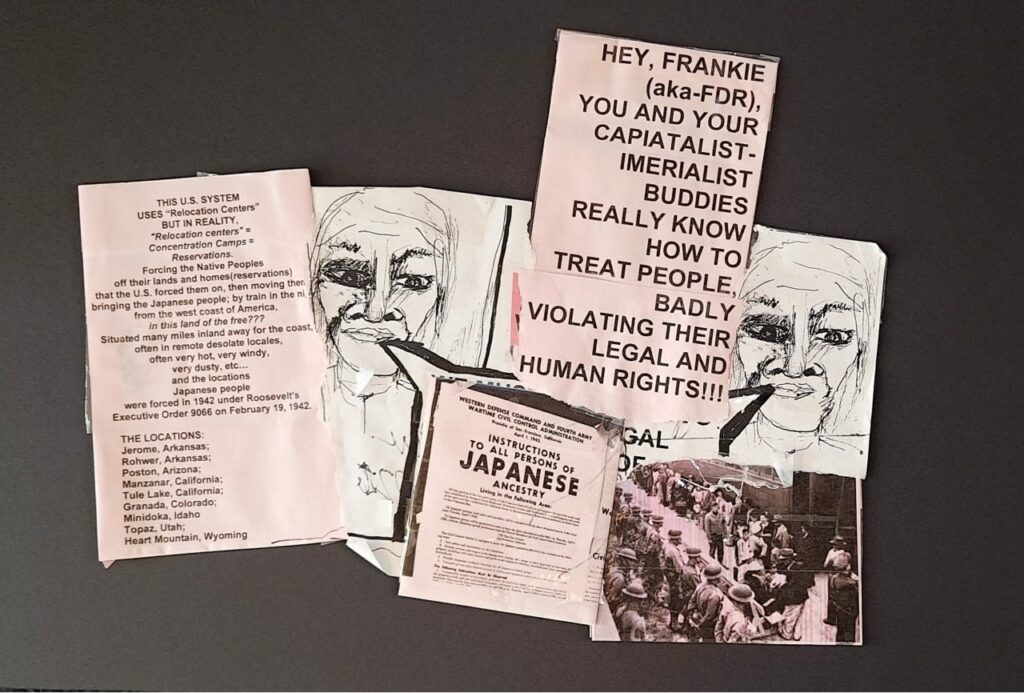
NO! THERE WERE CONCENTRATION CAMPS IN AMERICA, THAT IS THE TRUTH!
I was in the first or maybe second grade; 6 or 7 years old. A group of us in the schoolyard. My parents and other relatives moved from Poston, Arizona to the inner city of Denver. So, this group in the playground was lower working class made-up with Blacks, Mexicans, whites and me, the Japanese…
-
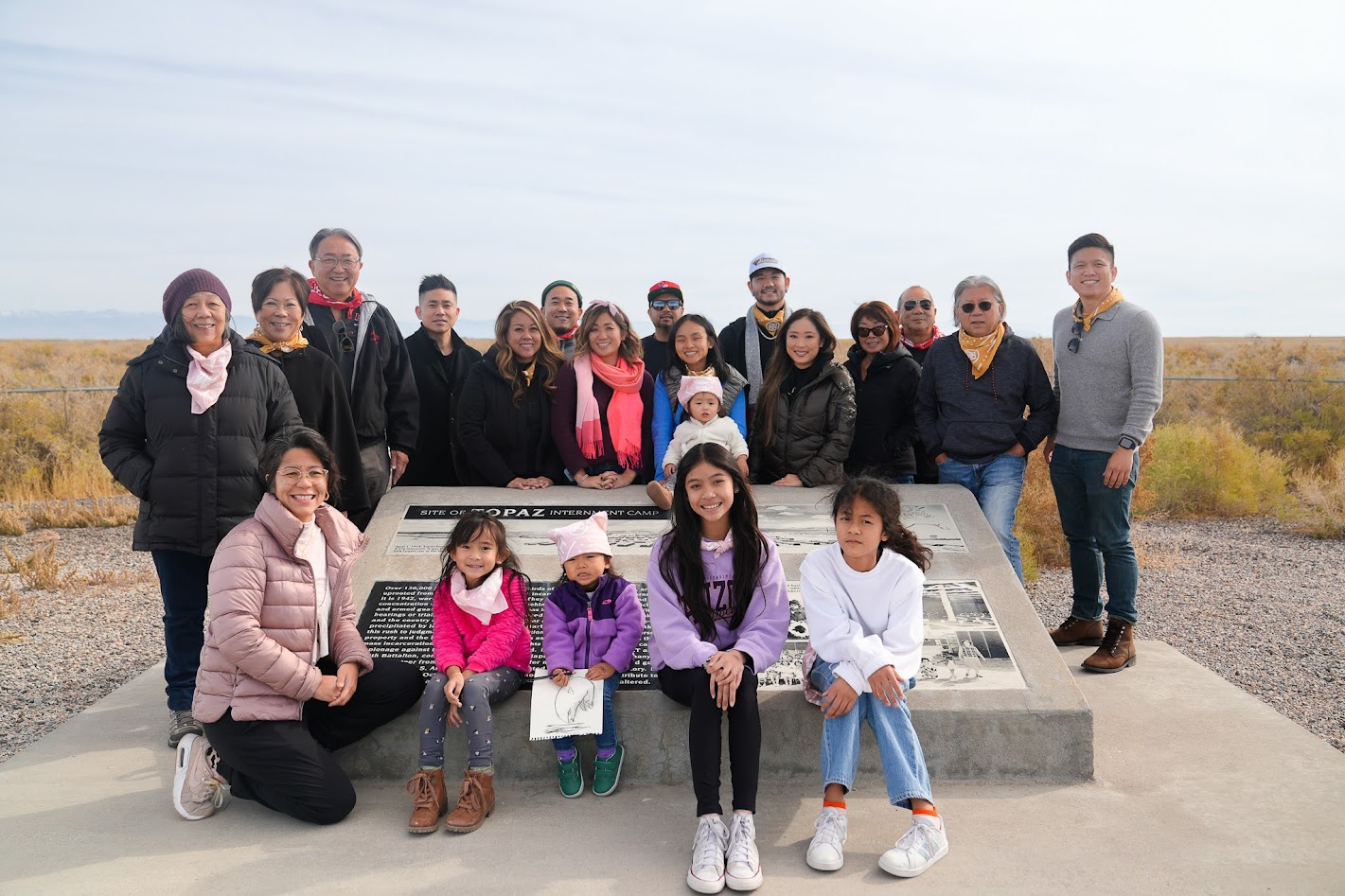
Reflections on a Journey to Topaz
A long-awaited family reunion at Topaz, a World War II Japanese internment camp in remote Utah, reanimates a swell of memories from the past.By Steven Yip Originally from artseverywhereThis is dedicated to the memory of my brother-in-law Dean Hedani. He may have been a founding partner of the San Francisco law firm Hedani, Choy, Spalding &…
-
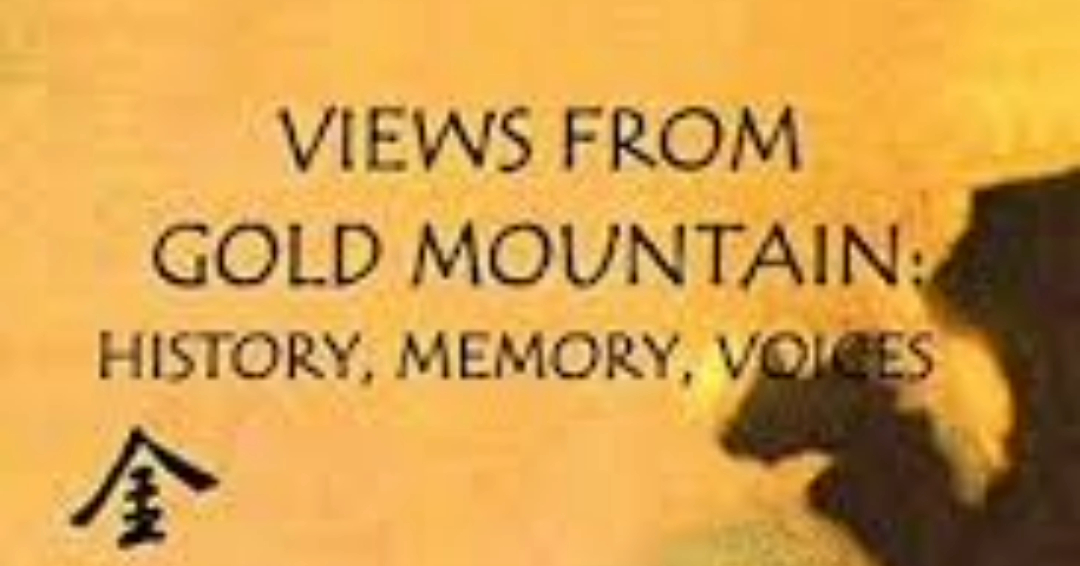
Book Review: Richard Aston’s Views From Gold Mountain: History, Memory and Voices
Views From Gold Mountain: History, Memory, Voices Richard Aston | 2019 / Sixth Avenue Books Review by Steve Yip | Originally published April 20, 2022 | MainlyPiano.com Views From Gold Mountain by Richard Aston is self-published and it’s clearly a labor of love. The book is both a brief, though incomplete memoir of someone who is threading…
-
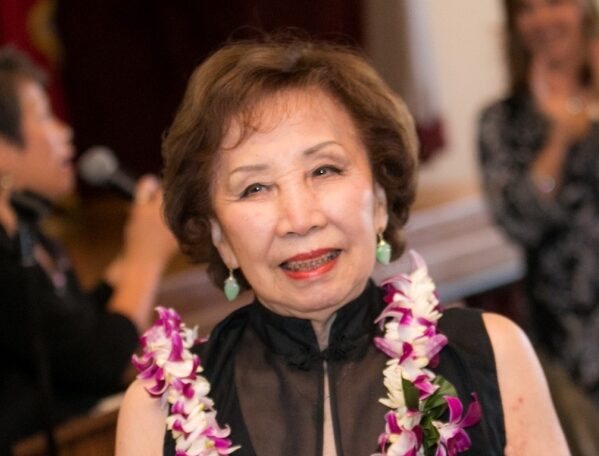
Remembering Pearl Wong: Chinatown Native, Restaurateur, Jazz Impresario
by Steve Yip July 14, 2022 Originally from Mainly Piano We lost a living legend when Pearl Wong passed on June 8, 2022 at age 90. Who was she and why does it matter as I am writing this, and I will expand briefly in this memorial? Let’s start with this sentiment that can be…
-
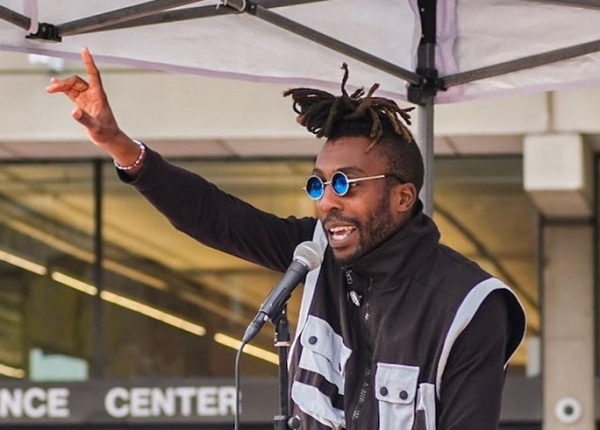
Jamel Mims, December 2022
The Asian Hip-Hop Scene According to Jamel Mims a.k.a. MC TingbudongAn Interview by Steve Yip | December 16, 2022 Jamel Mims is a multimedia artist and rapper, who put the message of fundamental social change — revolution — into his music and performances. As an artist, he is known as MC Tingbudong who raps in…
-
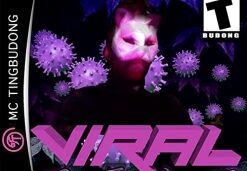
Album Review: Viral
ViralMC TingBuDong2021 / MC TingBuDong21 minutesReview by Steve YipMC TingBuDong’s WebsiteMC TingBuDong’s Artist Page on MainlyPianoAlbum LinksAmazon (referral)Apple/iTunesSpotify *This site contains affiliate links to products. We may receive a commission for purchases made through these links.* This is most likely a much different musical journey. If one is musically and politically curious, check out VIRAL (不要出门) by…
Areas for Development:
One Japanese American Family’s Pilgrimage to the Topaz Internment Camp.
Three sansei siblings of the Hedani family of San Francisco gathered a three generational family convergence (Japanese, Chinese, Pilipino & Vietnamese) to tour the internment camp which incarcerated their Nisei families in the desert of Utah during WW2.
The Arizona Chinese: the Ongs & Tangs
The great-grandparents of one family settled in Arizona at the beginning of the 20th century leaving roots there today as well as an lasting imprint on US history. This is the to-be-uncovered story of one Chinese American family.
The historic precedence of ‘Jazz At Pearl’s’.
The late Pearl Wong (and her daughter, vocalist Cookie Wong) lofted a jazz venue from within her family-run restaurant in the San Francisco Chinatown community. It soon grew into a renowned cultural institution whose reputation reached beyond the confines of the Chinatown ghetto during a period of societal shifts and community transformation.
